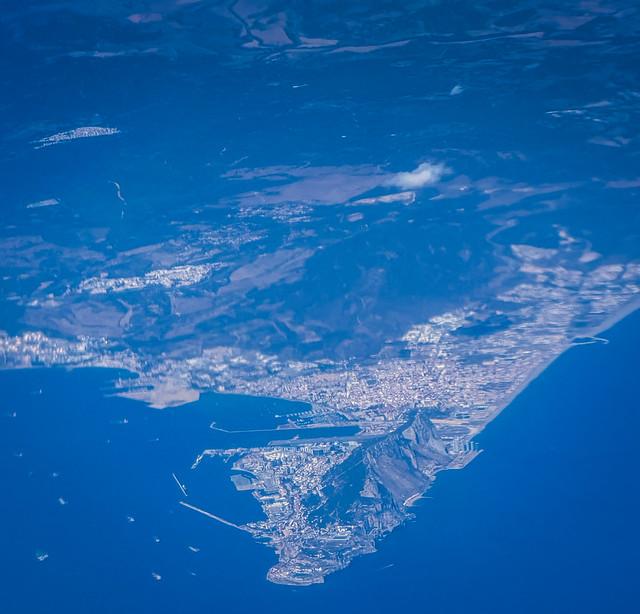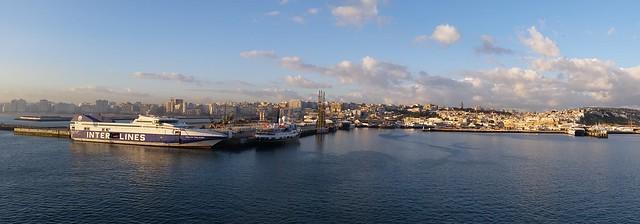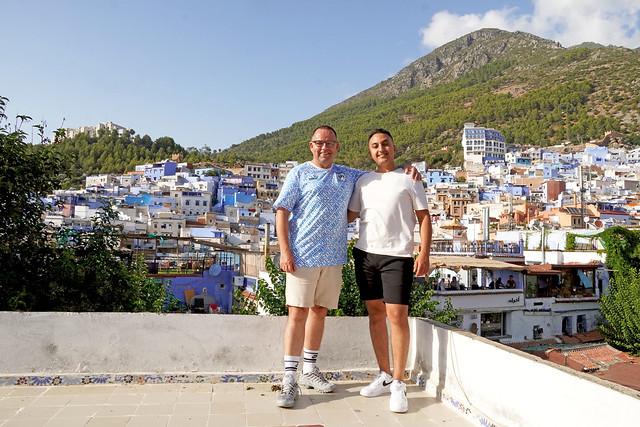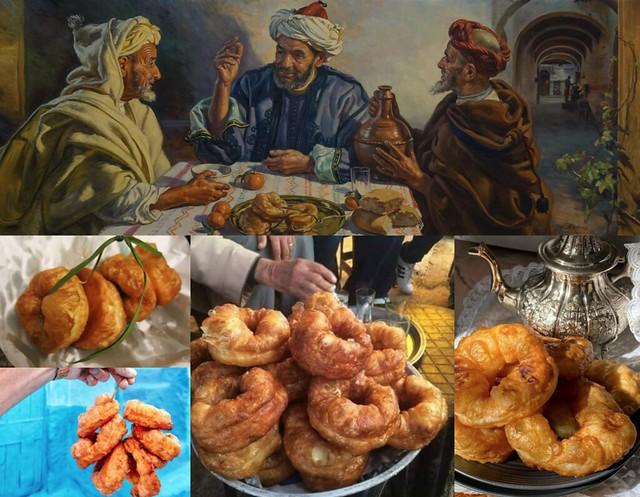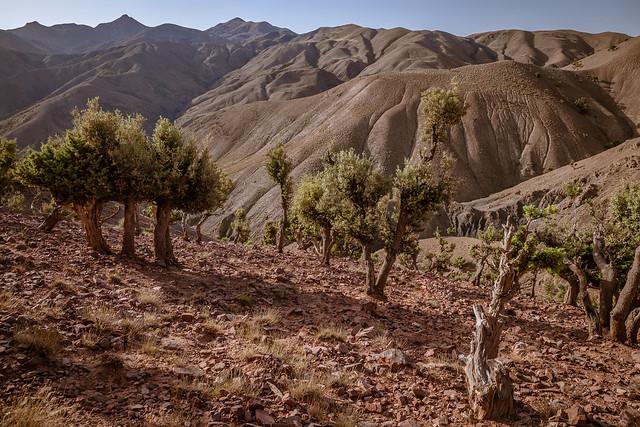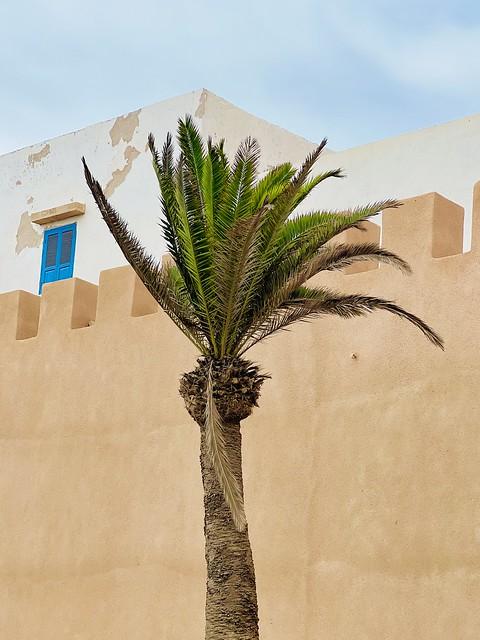Al Hoceïma
Overview
Overview of Al Hoceïma, Morocco
Al Hoceïma, nestled on the northern coast of Morocco along the Mediterranean Sea, is a captivating destination known for its stunning landscapes and rich cultural heritage. This city in the Rif region is unique for its beautiful blend of Spanish and Moroccan influences, evident in its architecture and local customs. Al Hoceïma is surrounded by pristine beaches and lush, green national parks, making it a perfect escape for nature lovers. The city is also a hub for cultural activities, including festivals and markets where you can immerse yourself in the local Amazigh culture and traditions.
Best Time to Visit and Activities
The high season for tourism in Al Hoceïma is during the summer months, from June to August, when the weather is sunny and warm, perfect for beach activities. This period sees a surge in both local and international tourists coming to enjoy the crystal-clear waters and scenic hikes. Popular activities include snorkeling, scuba diving, and boating, as well as trekking in the nearby Al Hoceïma National Park, where the flora and fauna are a delight to explore. Additionally, the summer months often feature cultural events and music festivals, providing a great opportunity to experience the local vibe and entertainment.
Preparation for Travelers
Before visiting Al Hoceïma, travelers should ensure they are well-prepared to make the most out of their trip. It is advisable to book accommodations in advance, especially if planning to visit during the high season, as places can fill up quickly. Understanding basic phrases in Arabic or Tamazight can be extremely helpful in enhancing communication with locals, although many people in tourist areas speak French and Spanish as well. Lastly, packing should include swimwear and comfortable hiking gear, alongside a good sunscreen, to fully enjoy the beaches and trails. Also, carrying a travel guide or map of the area can be useful for navigating the city and surrounding attractions.
How It Becomes to This
History not available
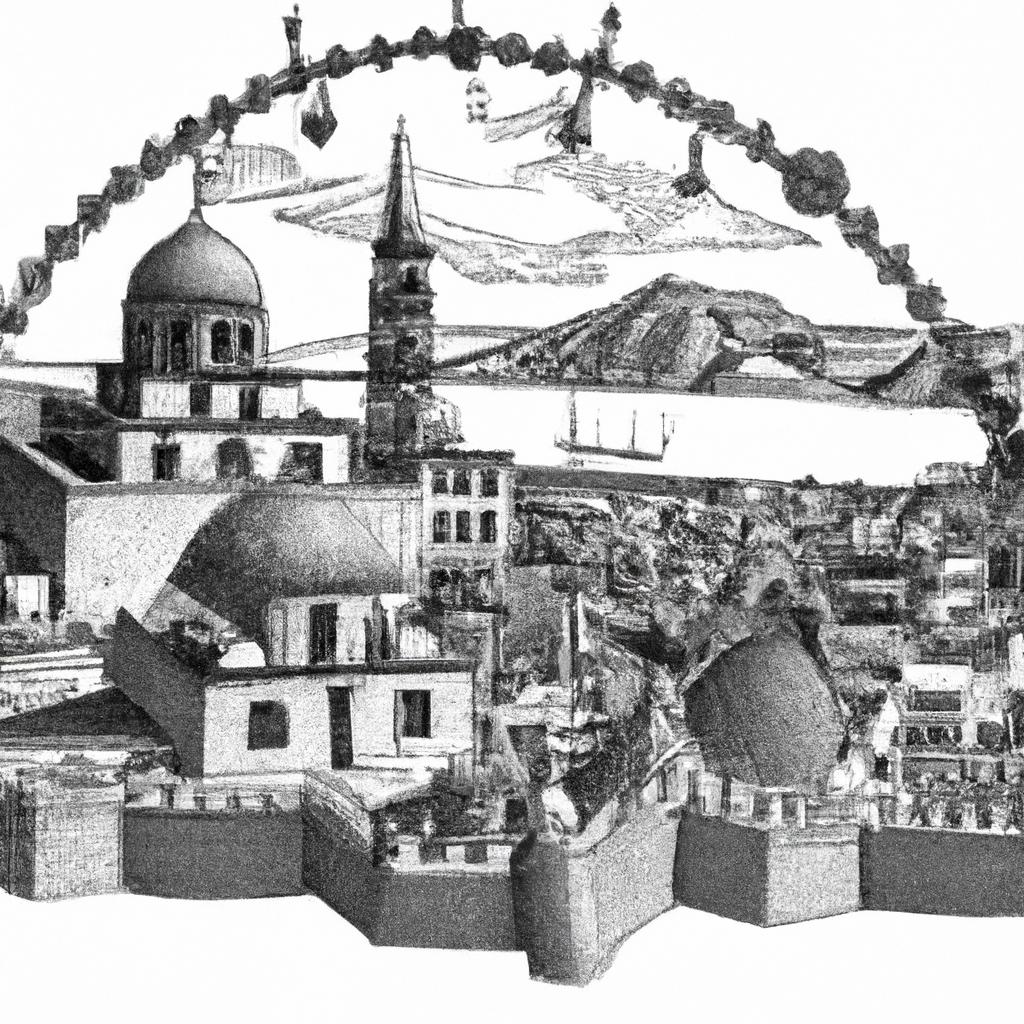
You May Like
Explore other interesting states in Morocco


